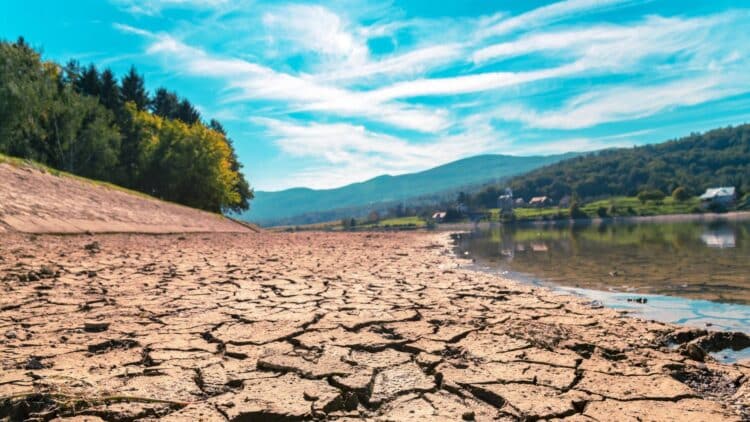It’s no secret that the effects of climate change have a direct impact on human lives worldwide. However, when we consider this topic from a social perspective, these effects are far from affecting everyone equally. A new United Nations report revealed that nearly 900 million people, mostly in the poorest countries, are directly exposed to climate threats such as droughts, floods, and heat waves. The study serves as a warning and also as a means of raising international awareness, since those least able are those most affected by the consequences of climate impacts.
Climate threats are growing and hitting those with fewer resources the hardest.
According to the United Nations Development Programme (UNDP) and the Oxford Poverty and Human Development Initiative, 1.1 billion people currently live in what is known as “acute multidimensional poverty,” lacking access to basic social infrastructure such as housing, sanitation, electricity, or education. Half of these are children.
The report states that 79% of these 900 million people directly face at least one climate risk exacerbated by global warming. 608 million are exposed to extreme heat, 577 million are affected by air pollution, 465 million are impacted by floods, and 207 million are hit by severe droughts. In many cases, these hazards occur simultaneously, exacerbating precariousness in many regions already affected.
One example cited in the report is Ricardo, a Guarani indigenous worker who lives with 18 family members on the outskirts of Santa Cruz de la Sierra, Bolivia, and who exemplifies the reality described in the report. His home has only one bathroom, and none of the children attend school. The study reflects on this reality, stating that ” Their lives reflect the multidimensional realities of poverty.” For Ricardo’s family and many others, a single natural disaster could be capable of destroying everything they have.
When poverty and climate crisis overlap, the risk is no longer just environmental.
The study concludes that there is a direct relationship between poverty and climate vulnerability. In regions like Sub-Saharan Africa and South Asia, millions of people depend on agriculture and informal work, sectors that are inherently sensitive to temperature fluctuations and extreme events. When climate disasters occur, such as floods that can destroy crops or prolonged droughts that reduce family income, the impact, beyond economic, also compromises food, education, and health.
The report notes that approximately 651 million people are exposed to at least two environmental hazards, while 11 million have already faced all four — heat, drought, flooding, and pollution — in a single year. These successive shocks impede any chance of recovery. “When hazards overlap or strike repeatedly, they compound existing deprivations,” the document states.
How intertwined crises are turning environmental disasters into human tragedies
Even with the release of this report, global action pledges are still lacking. The upcoming climate conference, COP30, to be held in Brazil in November, is seen as an opportunity to raise these issues and discuss solutions.
“This is the moment for world leaders to view climate action as action against poverty,” said Haoliang Xu, acting administrator of the UNDP.
Prioritizing people and the planet is the urgent challenge of the coming decades
With global temperatures steadily rising, data and trends indicate that poorer nations will continue to be the most affected. Even regions that have made progress in poverty reduction, such as South Asia, still have 99% of their poor exposed to some form of climate threat.
The report was issued with a clear objective: to convey a global socio-environmental warning: combating the climate crisis and inequality should not be separate missions. “Responding to overlapping risks requires prioritizing both people and the planet, and above all, moving from recognition to rapid action,” the document concludes.


